Arteriosclerosis of the Extremities: Causes and Treatment
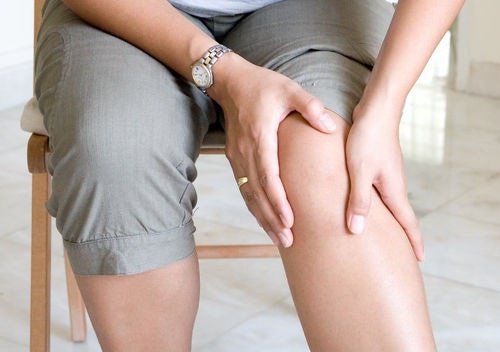

Written and verified by psychologist Valeria Sabater
Today, let’s talk about arteriosclerosis of the extremities. This disease affects the blood vessels of the legs and feet. It is a common disorder known as arteriosclerosis obliterans. It usually occurs due to arterial hardening. Arteries harden as a consequence of the presence of plaque and fat.
Arteriosclerosis of the extremities leads to problems that you may have already experienced yourself. For example, you may have circulatory issues, varicose veins or swelling in the legs and feet. Tingling, cramping in the night and muscle fatigue are other symptoms.
Can you prevent it? Of course! First of all, a healthy lifestyle is emphatically important in order to prevent arteriosclerosis obliterans. On the other hand, you may already suffer from it. In either case, pay attention to the following tips. They’ll definitely help!
Arteriosclerosis of the Extremities: What Are the Symptoms?

Arteriosclerosis of the extremities is a common ailment among women. Additionally, it relates to other problems. For example, it is associated with heart disease, carotid artery disease and issues with the lower extremities.
In other words, it’s not an isolated problem that appears suddenly. On the contrary, it typically relates to high blood pressure, high cholesterol, obesity or genetic factors.
How does this condition develop? First, plaque and fat build up in artery walls. As a result, they tighten and blood flow to the legs and feet slows. Consequently, the extremities receive less oxygen.
Now, let’s see what symptoms usually occur:
- You might become easily fatigued. Moreover, after a few minutes of walking, you may feel leg cramps or an intense burning sensation.
- When you don’t get enough oxygen to your muscle tissues, they become inflamed. Your body responds by retaining fluid. As a result, your shoes might become very tight. Besides, your legs might appear swollen.
- You might feel as if your legs were “burning” when you’re at rest. This may happen especially at night when you’re in bed. Without doubt, this will keep you awake.
- Discomfort is common in the calves and feet. It is also frequent in the hips or buttocks.
- Arteriosclerosis of the extremities usually occurs with varicose veins and phlebitis. It is even associated with arthritis on occasion.
- Your legs and feet might feel numb at rest.
- You might also experience hair loss on your legs or feet.
- Your legs and feet might look pale or blue.
This disease is annoying and painful. Therefore, it greatly reduces your quality of life.
Treatment of Arteriosclerosis of the Extremities
It’s primarily based on lifestyle changes. Your doctor will tell you what your options are. He/she’ll also give you some guidelines. But, in addition to medical treatment, follow these simple tips.
Are you ready?
1. Moderate Physical Activity
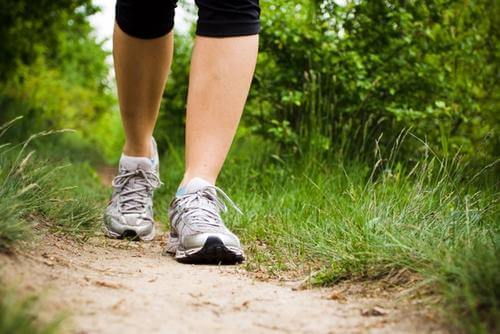
- Walk for half an hour.
- Swim for 20 minutes.
- Ride a bike for 15 minutes (as long as you don’t have knee problems or arthritis).
2. Garlic and Lemon Tea to Start the Day

Ingredients
- 1 garlic clove
- 1 cup of water (200 ml)
- A pinch of grated ginger (3 g)
- 1 tablespoon of lemon juice (15 ml)
- 1 tablespoon of honey (25 g)
Preparation
First, chop the garlic clove. Bring the cup of water to a boil. Once it’s boiling, add the ginger, honey and garlic. After that, simmer for 20 minutes. Then remove from heat. Next, let cool for 10 minutes. Now, add the lemon juice. Drink this tea for 10 days straight. Wait for five days before repeating.
You might like: Canary Seed and Cinammon Water, a Remedy to Clean the Arteries
3. The Benefits of Pomegranate Juice
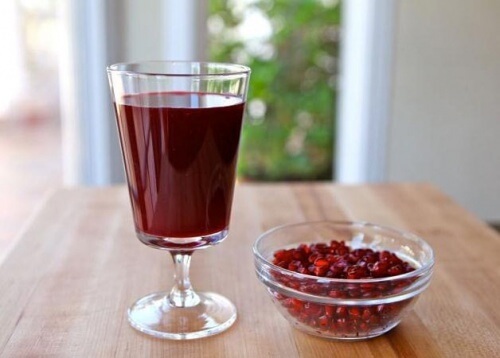
If there is a fruit that promotes good health and youthful arteries, it’s the pomegranate. It’s rich in antioxidants, fiber and vitamins that can help eliminate the plaque causing arteriosclerosis. Drink its juice. If you do so, then you’ll improve the health of your arteries.
4. White and Mint Tea
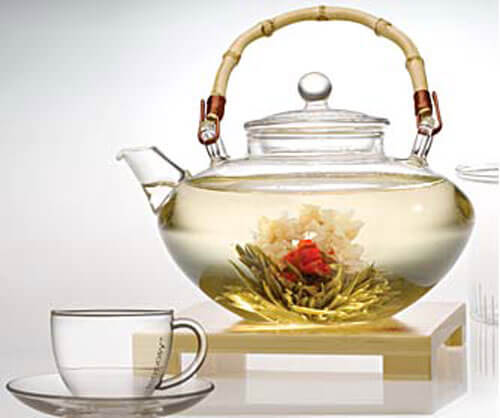
White tea is the variety richest in antioxidants. It also has antibacterial properties. Besides, it offers anti-aging benefits. Therefore, this treatment is great for any type of ailment.
Now, pay attention to how to prepare it so that you can enjoy it every evening.
Ingredients
- 20 grams of white tea
- 20 grams of peppermint
- 1 tablespoon of honey (25 g)
- 1 cup of water (200 ml)
Preparation
First, boil the cup of water. Then add the white tea and mint. The aroma is certainly wonderful. Now, let it steep for 20 minutes. After that, sweeten with honey. Definitely delicious!
5. Foods You Need to Include in Your Diet
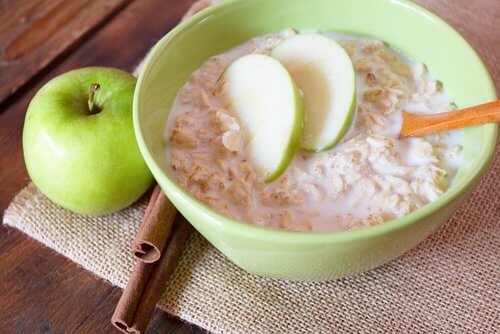
Last of all, follow a healthy diet. Avoid animal fats, refined flour and sweets. Without doubt, this is essential for preventing arteriosclerosis of the extremities. Moreover, don’t miss out on the following in your diet!
- Oats
- Green apple
- Cold water fish
- Antioxidant-rich fruits. These include lemons, oranges, pineapples, kiwis…
- Avocado
- Garlic
- Turmeric
- Olive oil
- Spinach
- Tomatoes
The sooner you begin taking care of your leg health, the better the outcome can be. And remember to combine these tips with your doctor’s advice!
All cited sources were thoroughly reviewed by our team to ensure their quality, reliability, currency, and validity. The bibliography of this article was considered reliable and of academic or scientific accuracy.
- Fishbein, M. C., & Fishbein, G. A. (2015). Arteriosclerosis: Facts and fancy. In Cardiovascular Pathology. https://doi.org/10.1016/j.carpath.2015.07.007
- Couillard, C., Després, J. P., Lamarche, B., Bergeron, J., Gagnon, J., Leon, A. S., … Bouchard, C. (2001). Effects of endurance exercise training on plasma HDL cholesterol levels depend on levels of triglycerides: Evidence from men of the Health, Risk Factors, Exercise Training and Genetics (HERITAGE) Family Study. Arteriosclerosis, Thrombosis, and Vascular Biology. https://doi.org/10.1161/hq0701.092137
- Zeb, I., Ahmadi, N., Kadakia, J., Larijani, V. N., Flores, F., Li, D., … Nasir, K. (2012). Aged garlic extract and coenzyme Q10 have favorable effect on inflammatory markers and coronary atherosclerosis progression: A randomized clinical trial. Journal of Cardiovascular Disease Research. https://doi.org/10.4103/0975-3583.98883
- Al-Jarallah, A., Igdoura, F., Zhang, Y., Tenedero, C. B., White, E. J., MacDonald, M. E., … Trigatti, B. L. (2013). The effect of pomegranate extract on coronary artery atherosclerosis in SR-BI/APOE double knockout mice. Atherosclerosis. https://doi.org/10.1016/j.atherosclerosis.2013.02.025
- Esmaillzadeh, A., Tahbaz, F., Gaieni, I., Alavi-Majd, H., & Azadbakht, L. (2006). Cholesterol-lowering effect of concentrated pomegranate juice consumption in type II diabetic patients with hyperlipidemia. International Journal for Vitamin and Nutrition Research. https://doi.org/10.1024/0300-9831.76.3.147
This text is provided for informational purposes only and does not replace consultation with a professional. If in doubt, consult your specialist.








